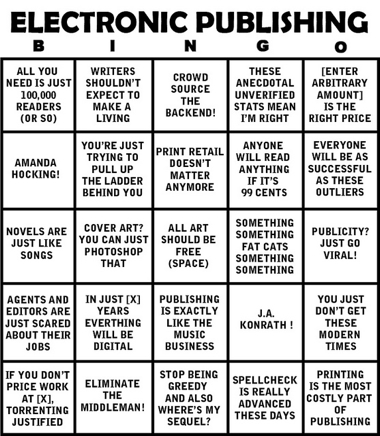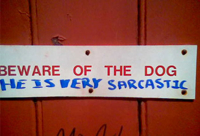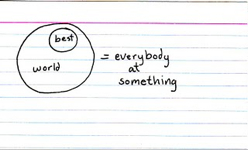 When educators choose new classroom materials their first challenge is to sift through dozens of options and narrow the search down to four to five options. In other words before they say “yes” to one solution they need to find reasons to say “no” to a host of other options.
When educators choose new classroom materials their first challenge is to sift through dozens of options and narrow the search down to four to five options. In other words before they say “yes” to one solution they need to find reasons to say “no” to a host of other options.
Prior to Common Core the most significant filter was “alignment to state standards.” If a company couldn’t provide a correlation that showed substantial or complete compliance with a particular state’s requirements it never got past the first meeting. No one really used the correlations once the product was purchased, but it was a useful filter to help narrow the field of choices.
In the last six months I have noticed a significant shift in this process. Most districts now require some flavor of “technology” in any curriculum resource they purchase. Like standards correlations they don’t particularly care what it is – but they won’t consider products that don’t have a technology component.
 The Education Business Blog
The Education Business Blog


 The role of textbooks in a rapidly digitizing world is an open question. The publishing industry needs to develop a new paradigm for commercially produced instructional materials or
The role of textbooks in a rapidly digitizing world is an open question. The publishing industry needs to develop a new paradigm for commercially produced instructional materials or John Scalzi was interviewed by
John Scalzi was interviewed by 
 What is good product development? The answer is deceptively simple to answer and devilishly difficult to pull off. Basically people want three things – better, faster, cheaper. All the complicated analysis in the world boils down to these three fundamentals. Get them right and your odds of success go way up.
What is good product development? The answer is deceptively simple to answer and devilishly difficult to pull off. Basically people want three things – better, faster, cheaper. All the complicated analysis in the world boils down to these three fundamentals. Get them right and your odds of success go way up. What are the missing skills needed in education publishing to create 21st Century products for 21st Century learners? I penned a thought experiment for
What are the missing skills needed in education publishing to create 21st Century products for 21st Century learners? I penned a thought experiment for  A fresh batch of piping hot links that may be of interest to those in educational materials.
A fresh batch of piping hot links that may be of interest to those in educational materials. What is the best way to break into education publishing? If you are young and starting out what launching pads set you up well for a career in the world of instructional materials and software?
What is the best way to break into education publishing? If you are young and starting out what launching pads set you up well for a career in the world of instructional materials and software? How do you find a job in education publishing or technology?
How do you find a job in education publishing or technology?